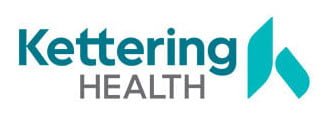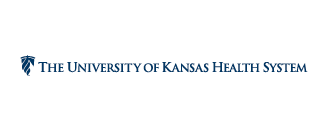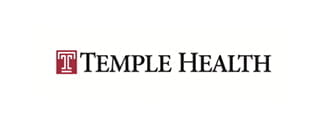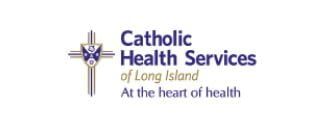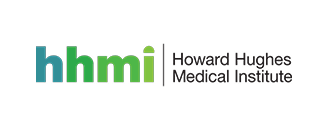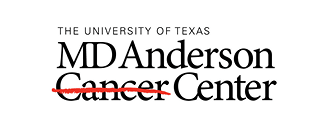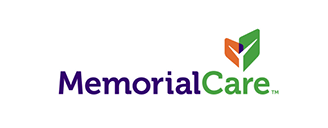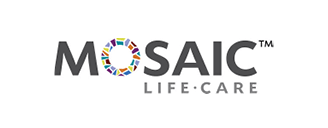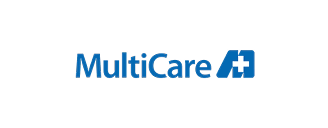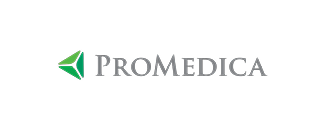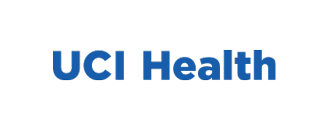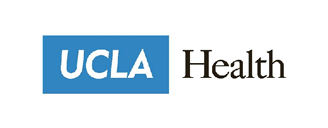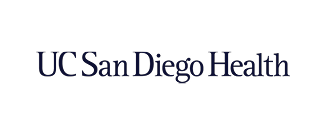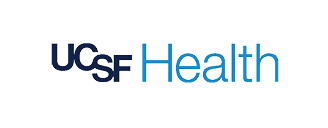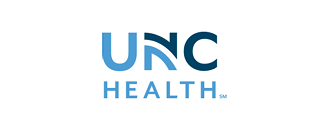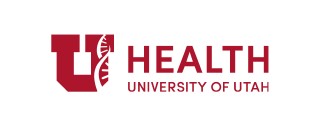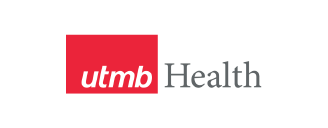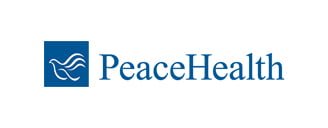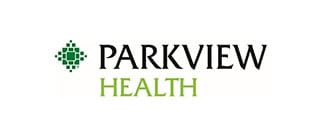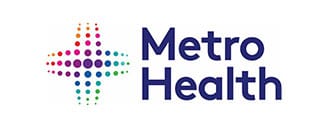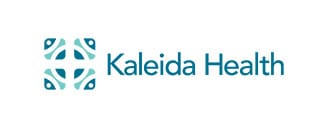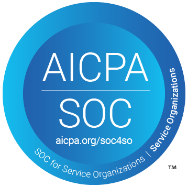Introduction
Unexpected threats to the healthcare supply chain continue to arise each year. Previously, health systems often dealt with these disruptions on a reactive, as-needed basis and returned to business as usual after the fact.
However, emerging threats like cybersecurity attacks, extreme weather events, and post-COVID inflation have prompted health systems to shift their focus to proactively mitigating these risks and building more resilience for the future.
Here are five ways health systems are taking a more proactive approach to mitigating healthcare supply chain risks:
1. Supplier diversification
A critical component of proactive healthcare supply chain management is supplier diversification. Prior to the pandemic, the U.S. healthcare system was heavily reliant on global manufacturing and sourcing.
The pandemic made it very difficult, and in some cases impossible, for global supplies to reach the U.S. Many health systems were left to operate without critical PPE including face masks and isolation gowns. When these supplies were available, they were often significantly inflated in price. For example, some hospitals were paying as much as $5.20 per mask during the pandemic.
Today, health systems are now beginning to recognize the importance of a diverse supplier network to ensure their access to critical medical equipment and PPE. Many hospitals have pivoted towards regional and local manufacturers and suppliers to fulfill supply needs during the pandemic. Prioritizing local relationships can help health systems stay resilient in the wake of future disruptions as well.
2. Supply chain digitalization
Digital tools can reduce risks by boosting supply chain efficiency and promoting visibility into operations. For example, health systems have, for the most part, digitalized their procurement and payment processes to save time and reduce costs.
The next step in the digitalization process is maximizing the use of supply chain data. In other words, rather than simply maintaining records digitally, health systems can leverage their data for advanced analytics and AI. VPL customers use our freight management and data analytics solution to unlock real-time visibility into their freight program and identify and mitigate risks within their supply chains.
For example, our multi-carrier shipping solution also allows customers to contingency plan through alternate carriers when shipments are delayed. For one VPL customer, this translated to $1.1 million in savings versus prepaid and add across a total managed volume of 120,909 shipments.
3. Cybersecurity
The inevitability of digitalization in the healthcare supply chain carries its own risk of cybersecurity threats. As such, it’s important for health systems to ensure that all their digital systems are secure to protect patient and organizational data.
To guard against cyberattacks, health systems can use a range of strategies including technical, physical, and administrative safeguards. Above all else, keeping employees aware and informed is the most important safeguard, as a majority of security breaches result from phishing attempts.
Another strategy is consolidating organizational data into a single storage method. This approach can significantly reduce the risk of a data breach because it requires fewer logins and keeps data as contained as possible. This strategy can also help IT teams find and react against data breaches more quickly to lessen their severity.
4. Disaster preparedness
The healthcare supply chain is highly sensitive to weather disruptions, which are becoming more severe. This is in part due to health systems’ reliance on timely delivery of critical products like pharmaceuticals, medical devices, and PPE.
In the wake of a record 2024 hurricane season, health systems are strategizing new ways to prepare for natural disasters including hurricanes, flooding, tornadoes, earthquakes, and wildfires.
Importantly, digitalization can help health systems monitor and predict disaster-related supply chain disruptions in real-time. For example, advanced analytics and predictive modeling can help supply chain teams identify potential vulnerabilities in their network before a weather event even hits.
5. Supply chain optimization
Lastly, optimizing processes is another key strategy for mitigating healthcare supply chain risks. Supply chain optimization involves analyzing existing workflows and identifying areas to improve along each step in the process.
As discussed above, technology and data analytics can help facilitate supply chain optimization. With the help of software solutions like VPL, health systems can gain visibility into their supply chain processes and identify any weak points to address.
This can not only help mitigate disruptions but can also lower costs, improve inventory and labor utilization, and enable the healthcare supply chain to better serve clinicians and patients.
Conclusion
Given these emerging threats, health systems can no longer afford a reactive approach to supply chain management. Instead, proactive strategies like those outlined above will be key to mitigating healthcare supply chain risks now and into the future.
The best health systems are embracing technology and digitalization to guide and supplement these forward-thinking strategies. This includes not just digitalizing processes but also making intelligent use of data to inform decision-making.
About us
We modernize clinical supply chains to support healthier patients. Our technology-driven solutions and consultative customer experience empower health systems and outpatient pharmacies to build smarter, more resilient supply chains. With over 700 hospitals and a 97% customer retention rate, we’re trusted to deliver transparency, cost savings, and
peace of mind.
